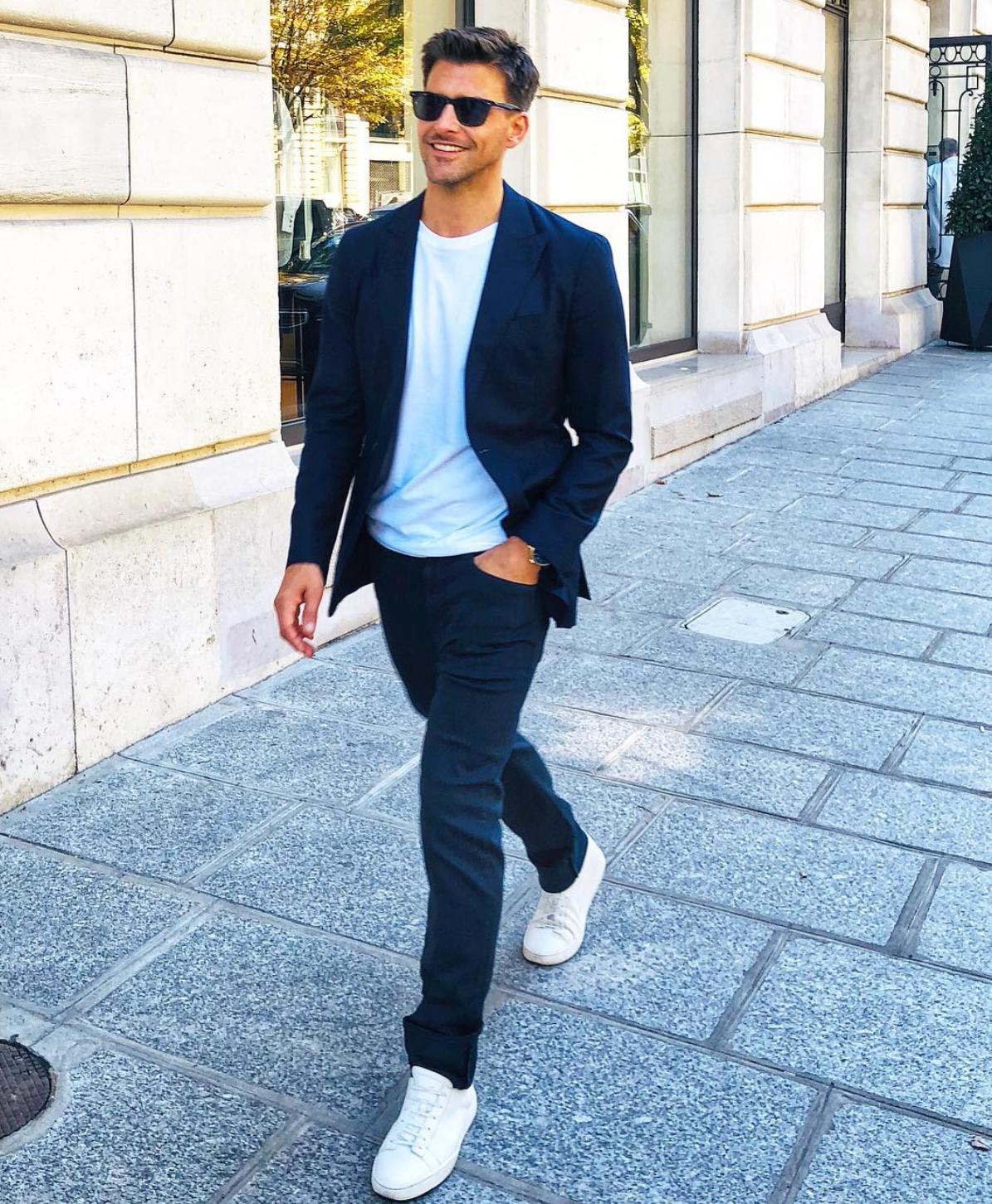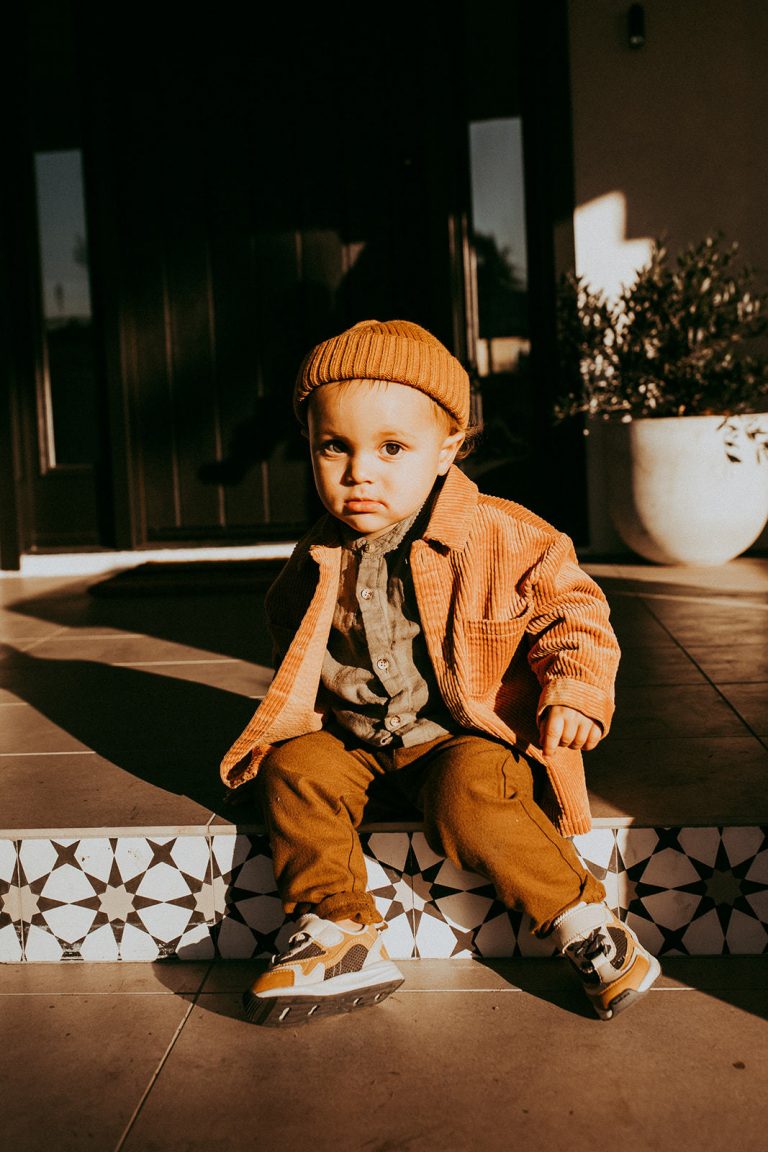
Identity art can be a refreshing escape from a toxic environment in which representative politics is overloaded by positivity. Identity art allows one to be neutral, regardless of whether it is real or fictional. It might even be imaginary. In other words, it's not personal. It is an institutionally-endorsed way of capitalising on representational politics.
It is not personal identity art
Identity art can be a difficult topic to address. This topic has been accused of being too personal. Critics and identity champions alike disagree, saying that identity issues are not inherently personal. In reality, identity art is about many more things than just personality. The work can engage with issues like race, gender, or class.

Identity Art is a broad term that covers many artistic practices. It evolved out of a historical term, Identity Politics, which was used to describe art that addressed race, gender, and sexuality.
It's not a story of a universally teen experience.
Identity art is a discipline that requires restraint. While it is certainly possible to make a film about a universally teen experience about one person's identity, it should do so without sacrificing the film's identity. It should show a glimpse into the teenage experiences of unrepresentative, underrepresented teens. The identity will feel less important and the film will be more universal.
It's a way that institutions can capitalize on representational political.
EMILY ROYSDON'S work explores the transnational importation of US formations such as cultural blackness. Cultural blackness is an American construct that was imported to Europe. Europeans are now exploring identity politics and strategic separatism. Europe's youth have grown up in the digital realm and are exposed to a wide variety of fictional and performative identities. In addition, in many European countries, neoliberal ideology has replaced welfare state ideology.
Institutions can profit from identity art that is based on diasporic or cosmopolitan representations. But it is important that you remember that identity can be situated and relational. It should not only be created from one concept. You need to be aware of the interplay between identity and politics.

It is a way to honor the fact that they are artists underrepresented
Identity art is a way to preserve one's identity. Artists can often see themselves as idealized in hindsight. However, that doesn't necessarily mean they were dishonest at that time. It's more that they seek to sanctify their senses and belongings, which are more important than how they define them.
FAQ
Where can you find the latest fashion trends?
Many people can create fashion trends. This includes stylists as well photographers, models and celebrities. Trends can be found all around the world and are always changing.
Trends are affected constantly by the world around us. People want to wear clothes that reflect where we live, who we know, and our culture.
People also want to express themselves through clothing. They want to showcase their individuality and style.
They want to stand out from the crowd.
How can I pick my clothes?
There are tons of books available that will help you pick out your clothes. You must decide what look you want before you can choose your clothes.
An elegant dress is appropriate for formal events. You'll probably want to pick something fun for a party or getting together with friends.
Also, consider how much money your have. It may cost more to wear designer clothes than cheaper ones.
If you're not sure what to wear, ask someone who knows what looks good on you. Ask your dad, brother, older sister, and/or brother.
What are the 7 types of fashion?
There are seven types: casual wear, formal wear and sports wear.
Formal wear can include formal wear such as evening gowns, suits, and dresses for weddings or parties. Casual wear can include T-shirts and jeans, as well as shorts, sweatshirts, sweatshirts, and tracksuits. Sportwear can include running gear, swimwear, training clothes, and other gym wear. Business wear includes ties and blazers as well as jackets, coats, and jackets. Party wear includes cocktail dresses, prom dresses, bridesmaid dresses, and evening dresses. Wedding wear includes tuxedos, ballgowns, and wedding dresses. Men'swear is available in three styles: womenswear for special occasions, menswear for everyday wear, and childrenswear.
Are there any clothes I can afford?
Yes, you can afford to buy new clothes. You don't need to spend thousands on clothes. It is possible to save money when you shop at discount retailers like Dollar General.
What are the most popular fashion trends?
Trends can be short-lived. They come and go, but they don't last forever. Fashion designers are aware of this fact and keep an eye on the current trends.
They create collections based around current trends, then sell them at different points throughout the year. These collections are often called "seasonal" because they change seasonally depending on when they're made.
The most popular time for fashion design is spring/summer. This is because summer is the best time to wear light and airy clothes.
Clothing tends to become heavier and warmer as winter approaches. This is when people are more likely to wear sweaters, scarves (boots), gloves and coats.
Statistics
- For her AW15 menswear show, according to Water, "where models with severely bruised faces channeled eco-warriors on a mission to save the planet." (en.wikipedia.org)
- Nano influencers have less than 10K followers and have the highest engagement rate with 4%. (thetechfashionista.com)
- According to Water, [41] The annual Academy Awards ceremony is also a venue where fashion designers and their creations are celebrated. (en.wikipedia.org)
- The middle 50 percent earned between $42,150 and $87,120. (en.wikipedia.org)
- The lowest 10 percent earned less than $32,150, and the highest 10 percent earned more than $124,780. (en.wikipedia.org)
External Links
How To
How to Dress Cute
This is the art of dressing up so that you don't look too dollish.
The goal of this tutorial is to show you some tips and tricks on making your outfit look cute.
-
You should make sure your clothes fit well. It is difficult to look fashionable if your clothes aren't fitting well.
-
Accessorize with accessories that match your outfits. For example, if you're wearing a skirt, add a belt that complements the length of your skirt. You can also add a scarf or necklace to match the color scheme to a top.
-
Make your eyes stand out with something bright! I've seen girls that looked amazing in their jeans and teshirts, but who were so cute when they added sparkly earrings and bright red lips gloss to make them shine!
-
Smile. Smile, even if you feel sad or depressed. It will be obvious that people find smiling attractive.
-
Have fun! Take your creativity with you! Then go home and do some research online to figure out which colors suit you best.
-
Explore new styles! It's okay to try new styles. It's important not to do too much.
-
Have fun This whole thing should be fun! Have fun, and enjoy it!
-
Last but not least, everyone has their own style. You may find something cute that is not for you.